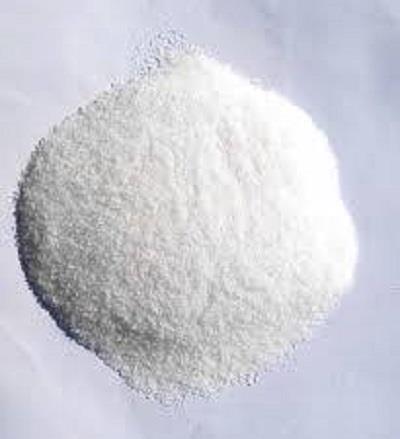Pharmacology of Thiopental sodium
Physical characteristics and presentation
Thiopental sodium is a highly lipid-soluble sulphur barbiturate compound. It is presented as 500mg of yellowish powder in single-dose ampoules for dissolution in 20ml of sterile water to produce a 25mgml −1 (2.5%) alkaline solution (pH 10.8). Thiopental is 99% ionised in this solutionbut becomes predominantly unionised at body pH. Nitrogen gas in the unopened ampoule prevents reaction with atmospheric carbon dioxide, and sodium carbonate is added to increase solubility in water. Freshly prepared solution may be stored for 24 h.
Pharmacology
Central nervous system
Thiopental produces anaesthesia within 30–45s because of its high lipid solubility and 61% is unionised at plasma pH; consciousness is usually regained in 5–10min. There is progressive depression of the CNS (including spinal cord reflexes), but it has poor analgesic effect, and surgical anaesthesia is difficult to achieve unless large doses are used. The CMRO2 is reduced, and there are secondary decreases in CBF, cerebral blood volume and intracranial pressure. Thiopental is a very potent anticonvulsant. It depresses sympathetic more than parasympathetic nervous system activity, and bradycardia may occur. However, tachycardia is more common after induction of anaesthesia because of baroreceptor inhibition and loss of vagal tone in young healthy adults.
Cardiovascular system
Myocardial contractility is depressed and peripheral vasodilatation occurs when large doses are administered rapidly. Arterial pressure decreases, and profound hypotension may occur in the patient with hypovolaemia or cardiac disease. Heart rate may decrease, but there is often a reflex tachycardia.
Respiratory system
Ventilatory drive is decreased by thiopental, and a short period of apnoea commonly follows a few deep breaths. When spontaneous ventilation is resumed, ventilatory rate and tidal volume are usually reduced, but they increase in response to surgical stimulation. Bronchial muscle tone increases, although frank bronchospasm is uncommon. Laryngeal spasm may be precipitated by insertion of a SAD or when secretions or blood are present in the pharynx or larynx.
Skeletal muscle
Skeletal muscle tone is reduced at high blood concentrations, but there is poor muscle relaxation and no significant direct effect on the neuromuscular junction.
Uterus and placenta
There is liĴle effect on resting uterine tone, but uterine contractions are suppressed at high doses. Thiopental crosses the placenta readily, although fetal blood concentrations do not reach maternal concentrations.
Eye
I ntraocular pressure is reduced by approximately 40%. The pupil dilates then constricts, but the light reflex remains present until surgical anaesthesia is attained. The corneal, conjunctival, eyelash and eyelid reflexes are abolished.
Hepatic/renal function
The functions of the liver and kidney are impaired transiently after administration of thiopental. Hepatic microsomal enzymes are induced, and this may increase the metabolism and elimination of other drugs.
Indications
Indications include the following:
• Maintenance of anaesthesia. Thiopental is suitable for short procedures only, because accumulation occurs with repeated doses, and infusions are reserved for status epilepticus.
• Reduction of intracranial pressure. This can be utilised in neurocritical care


